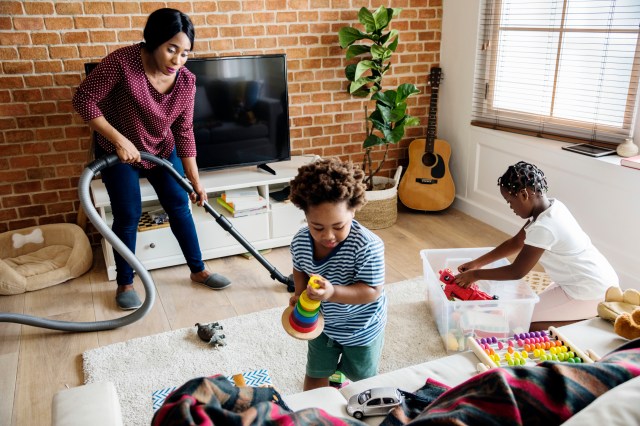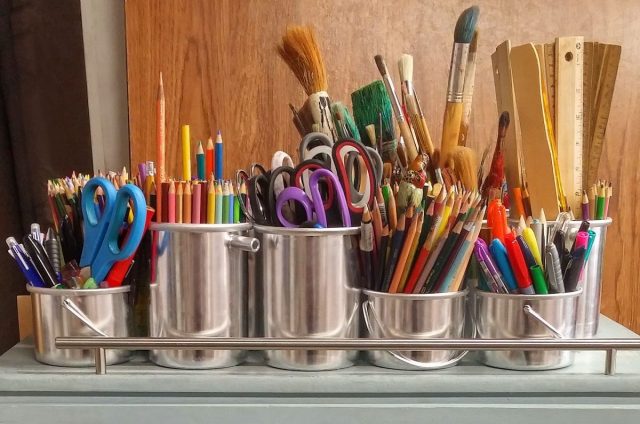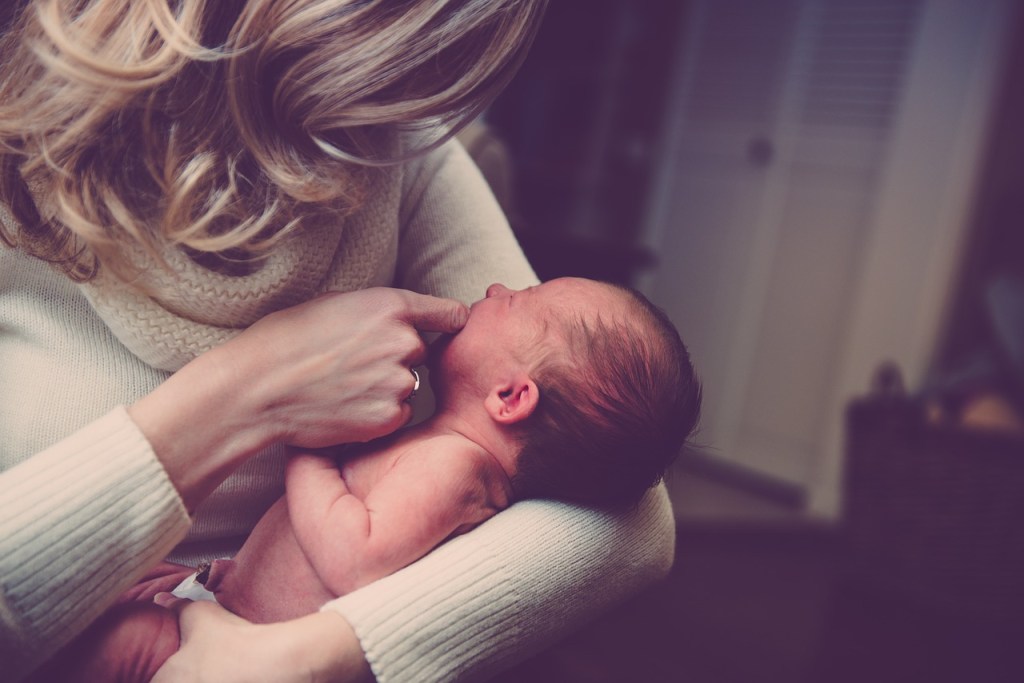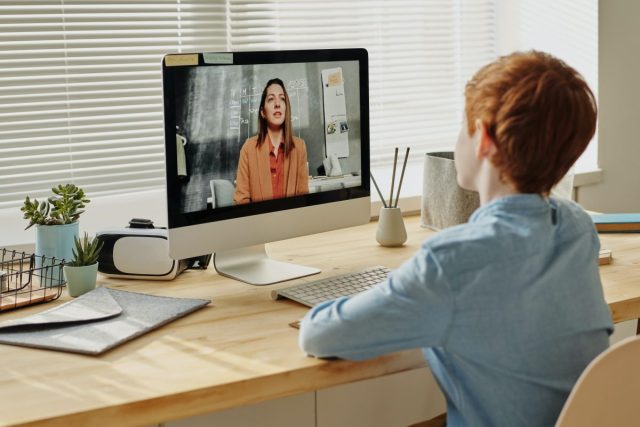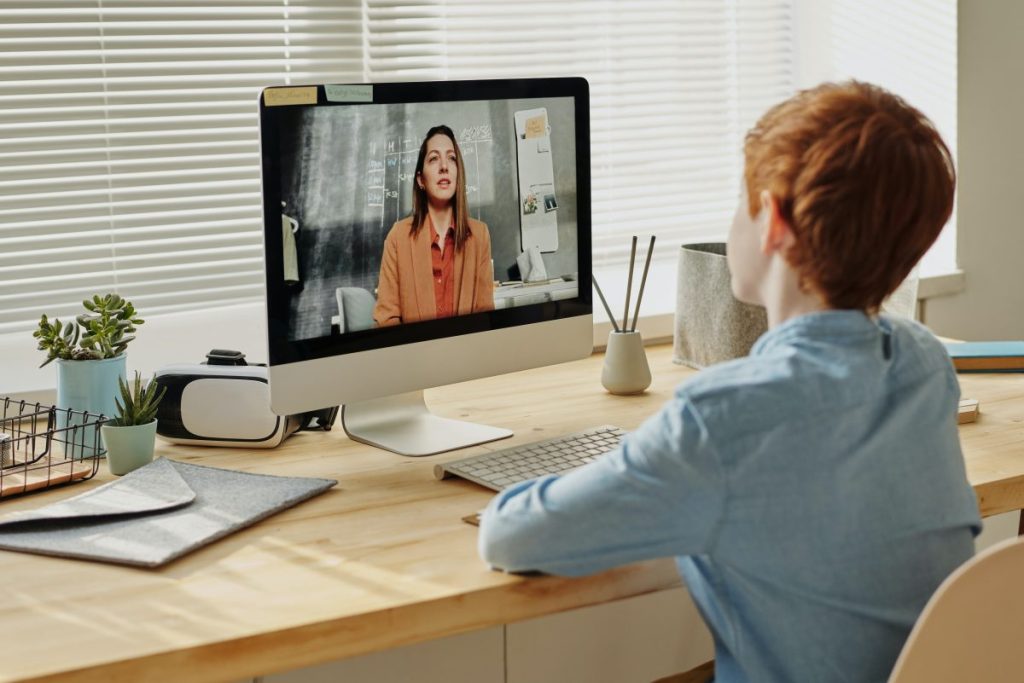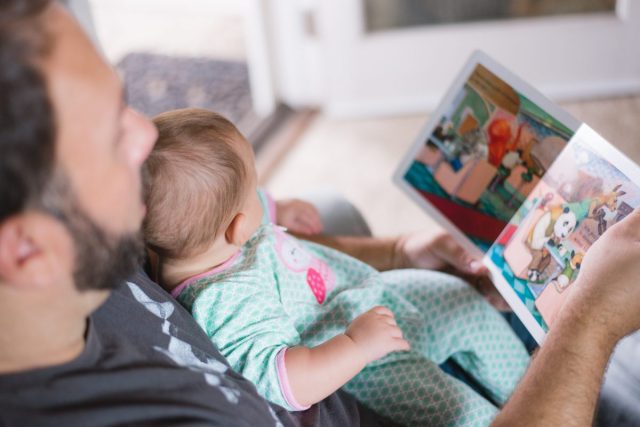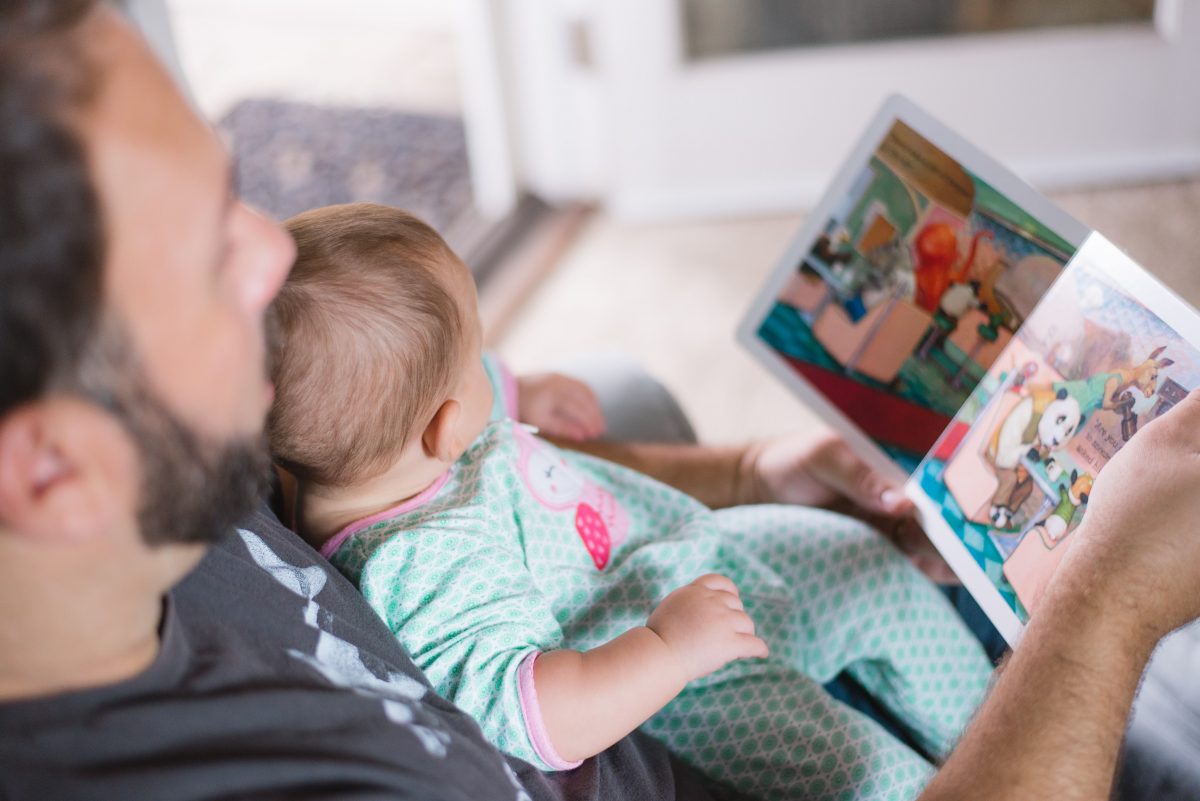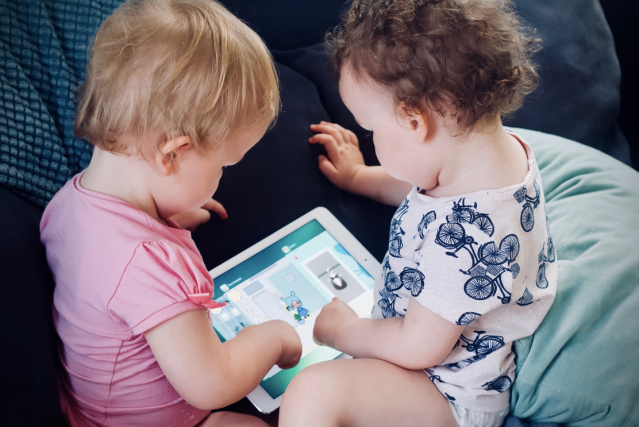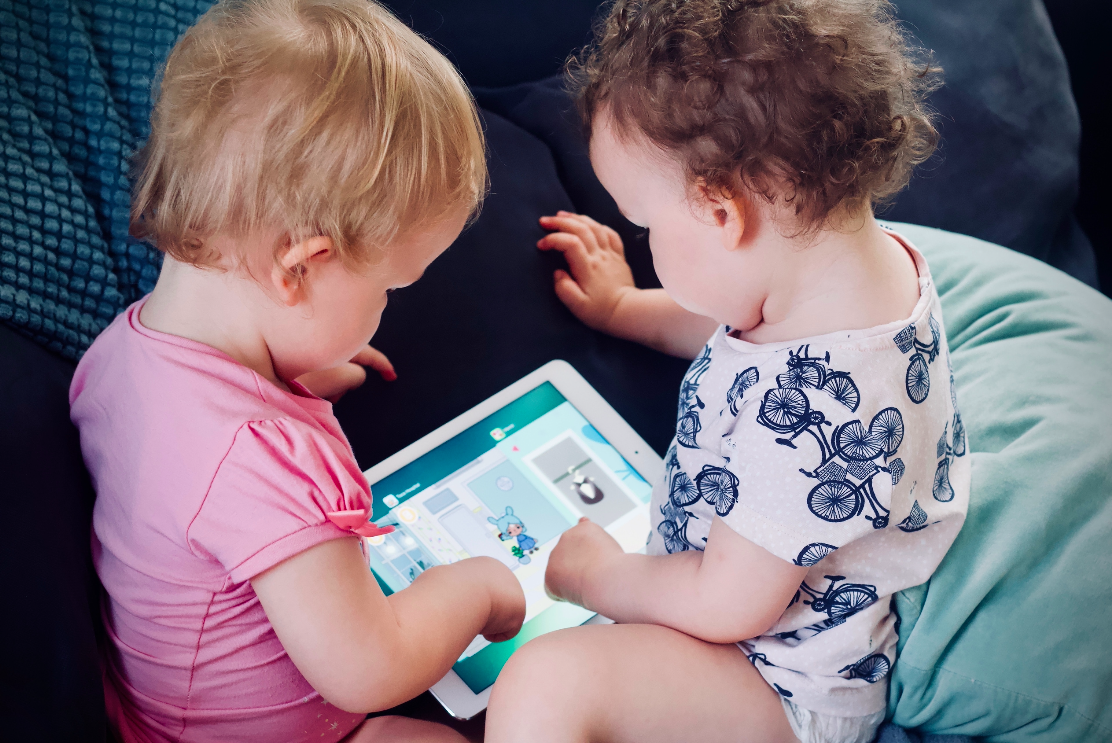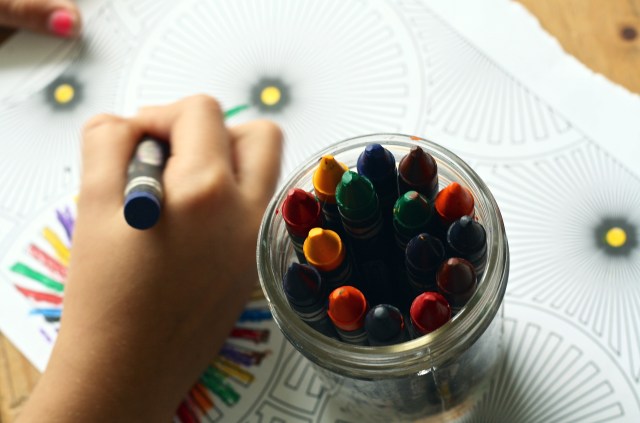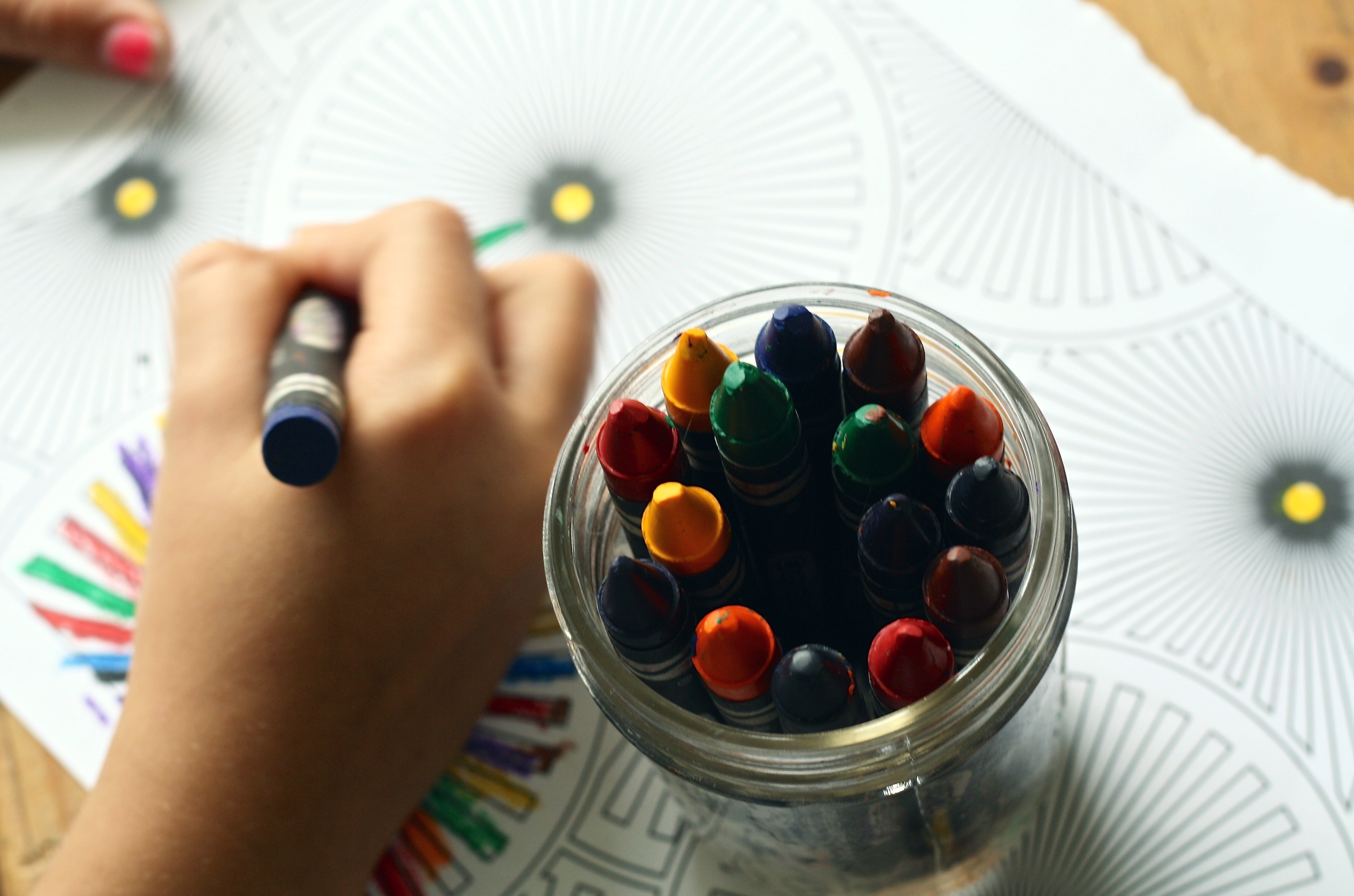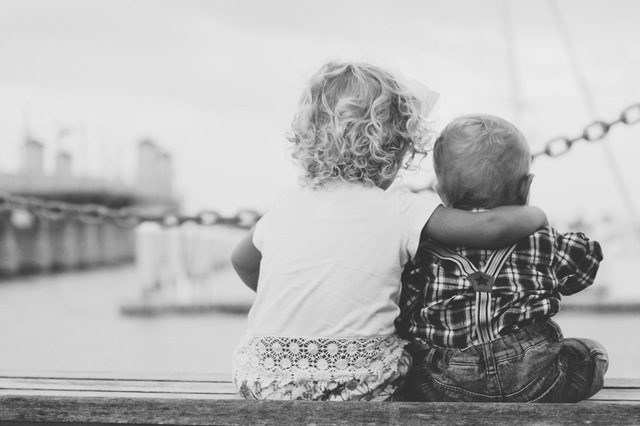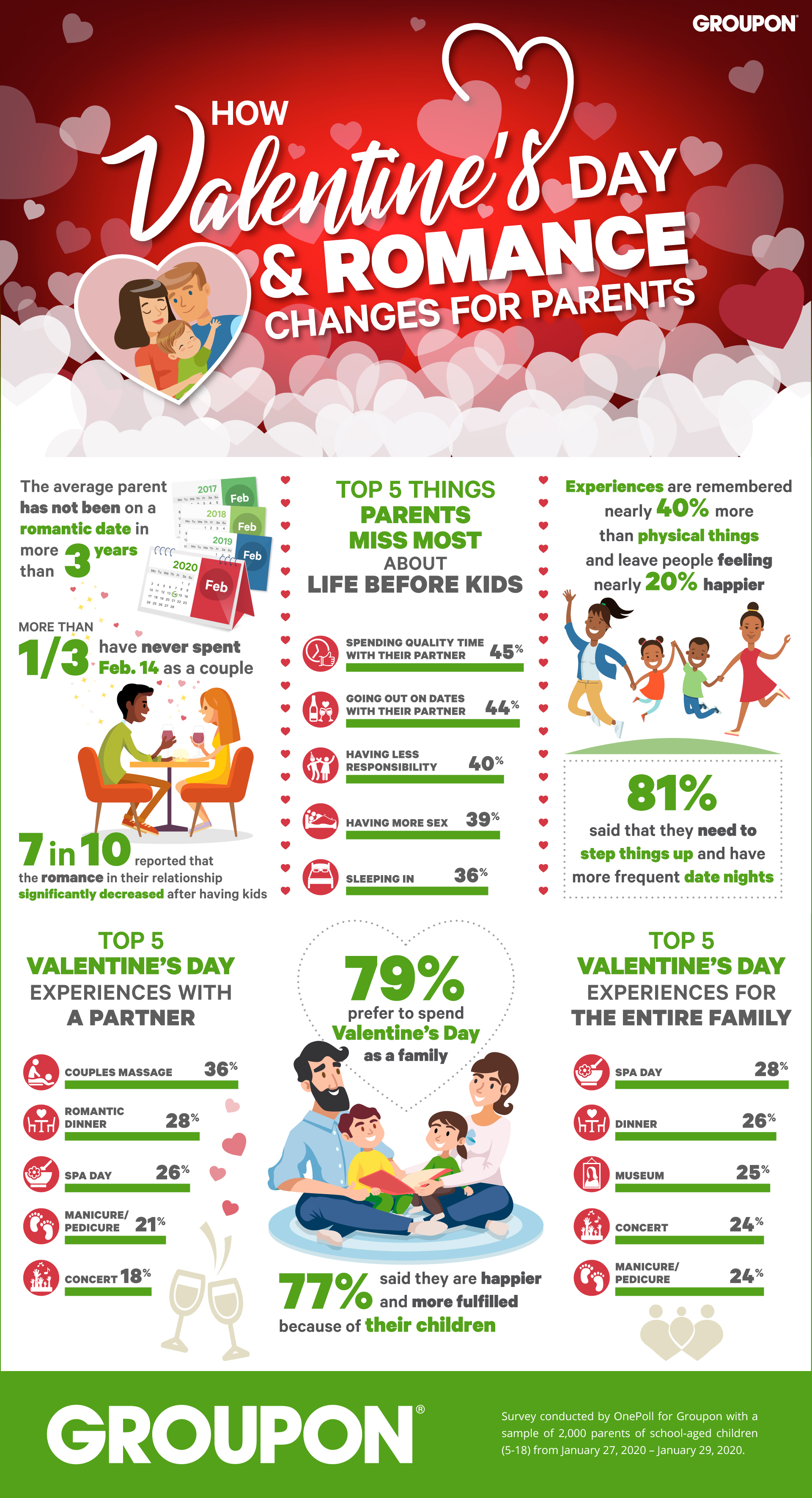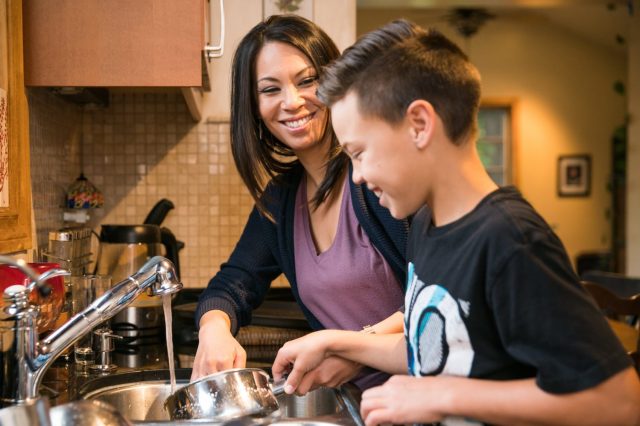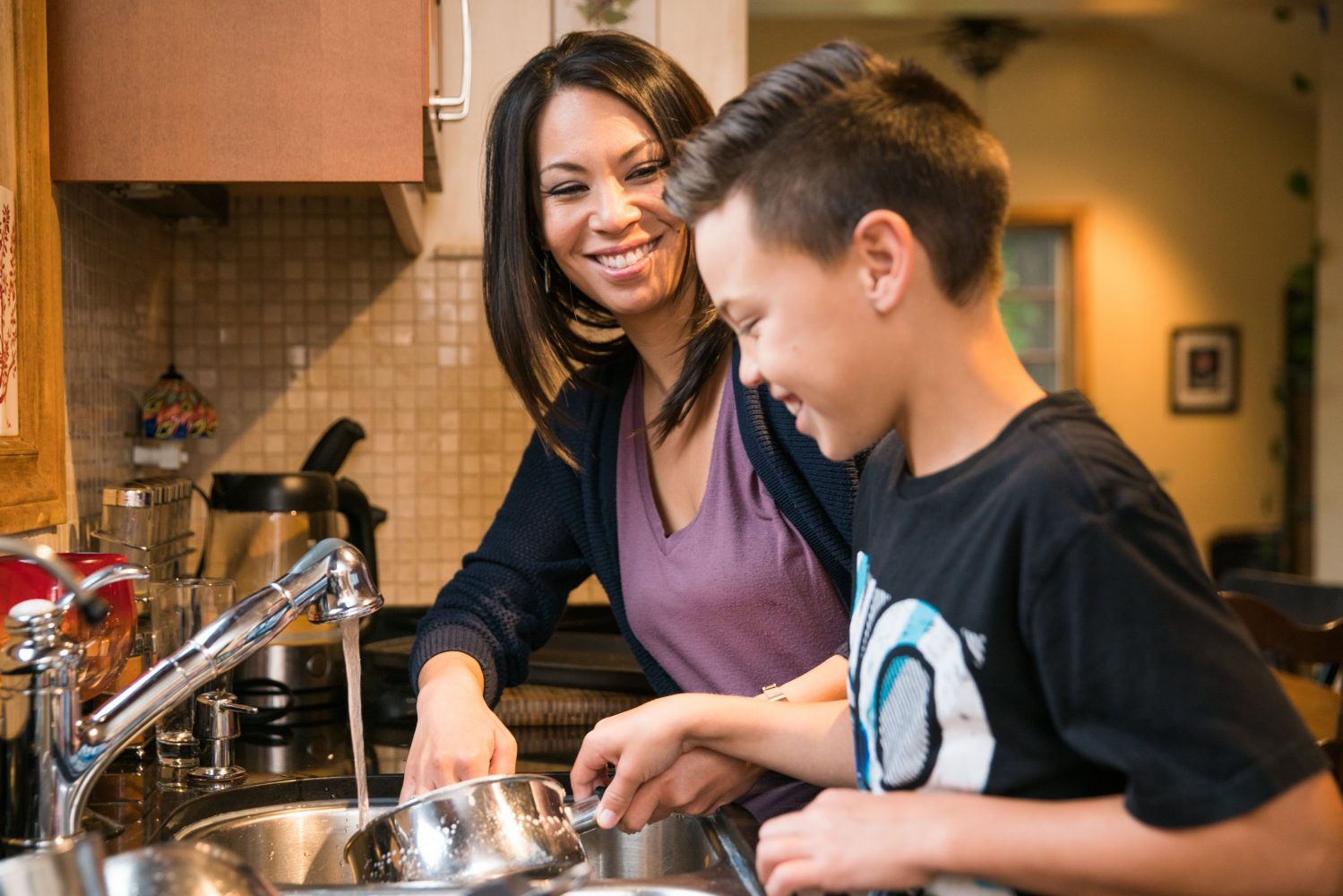From picking up toys to washing the inordinate amount of sippy cups your toddler seems to breeze through daily, most parents will agree that you feel like you’re cleaning—in some capacity—most of the day. But, how much time are you really cleaning? A recent study of 2,000 Americans, commissioned by ARM & HAMMER Clean & Simple, found that on average Americans spend 23 hours and 36 minutes on cleaning and housework per month. Read on for the down and dirty details of this eye-opening study.
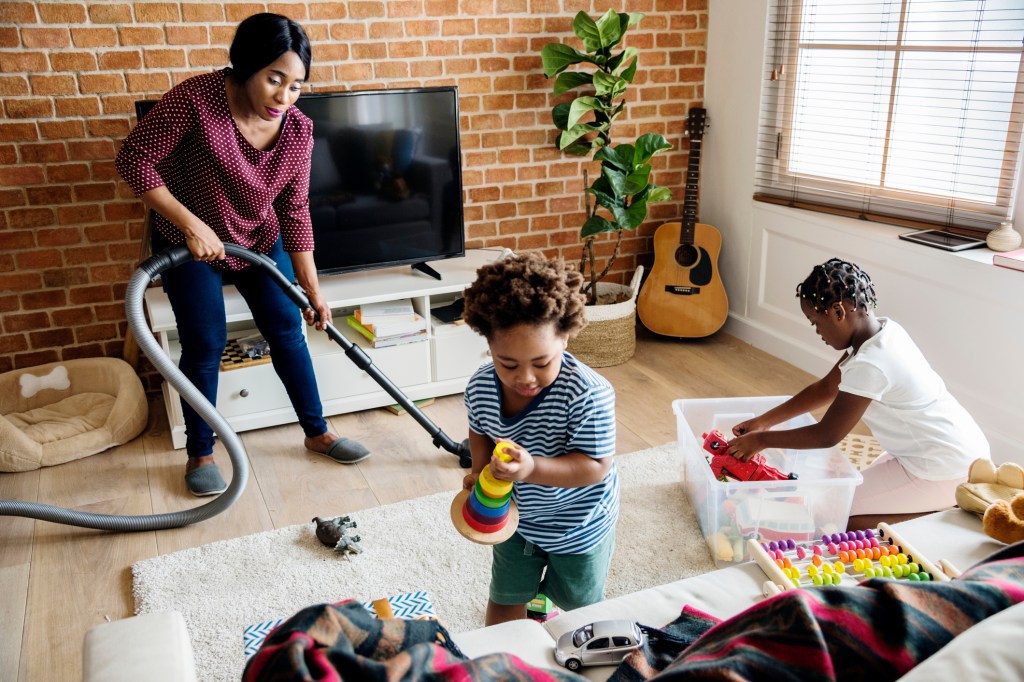
The new research aims to reveal how the COVID-19 pandemic has affected the habits and household dynamics when it comes to cleaning. On average, American parents who live with a partner spend 23 hours and 36 minutes on cleaning and house work each month. That comes out to 5 hours and 54 minutes per week.
On the list of most time-consuming tasks: 50% of respondents said sweeping and dusting took the longest, 48% said cleaning the bathroom was the most time consuming and 44% reported laundry to be the time suck of their week. In fact, laundry alone took an average of one hour and 12 minutes per week.

Even though the pandemic has not lessened the load of house work, the study reveals that 39% of parents surveyed said their children have been more involved with doing the laundry since the start of the pandemic. In that same timeframe, 59% said laundry has been split more evenly between them and their partner—but 46% are still spending more time on laundry now than before the start of the pandemic. Further, 80% of respondents believe housework is being split more evenly between different partners, with millennials most likely to think so.
“Household dynamics and the way in which parents approach cleaning is constantly evolving, especially given the current climate,” said Laurie Kirschner, Director of Marketing for ARM & HAMMER™ Clean & Simple™.
And, when it comes to sharing responsibilities with your partner, a quarter of participants (25%) did admit to doing a poor job at some point on purpose in hopes of getting out of doing the task again. And, 22% would choose to have help with the laundry over being taken out on a date.
All this time together and likely, an even messier house with your clan all home, begs the question: how much time do you spend on cleaning and house work? Is the workload equitable between you and your partner? Share your ideas and this story via Facebook.
—Erin Lem
RELATED STORIES:
The Ultimate Guide to Cleaning Out Your Kids’ Room
12 Cleaning Mistakes You’re Probably Making
